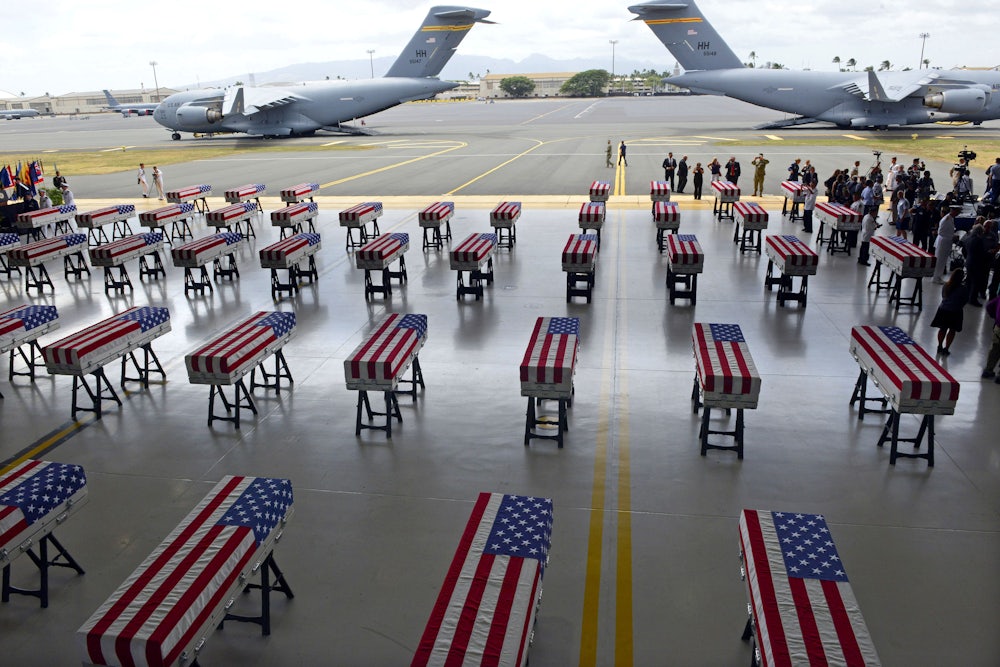The renewed negotiations with North Korea, as well as advances in forensic technology, mean that American soldiers who were killed in the Korean War in the early 1950s are finally being identified. On August 1st, North Korea returned what were believed to be the remains of 55 American soldiers. The military has announced that from those remains they’ve been able to confidently ascertain the relics of Army Master Sgt Charles H. McDaniel of Indiana and Army Pfc William H. Jones of North Carolina.
The task of identifying long-degraded bone and dental fragments with the names of soldiers unseen for more than half a century would be impossible without advances in technology. In a recent feature article, The Washington Post surveyed the work of the 92-member Defense POW/MIA Accounting Agency (DPAA) team in Honolulu that is tasked with the job. One key recent development is the ability of isotope analysis to match bones with the geographical childhood homes of missing soldiers:
Bones take on the isotopic signature of the place where a person was raised. On digital maps of the United States, staff members plot the hometowns of missing service members based on the isotopic signatures shared by their early-childhood geography and their bones.
Ten years ago, this technology could differentiate the bones of a native-born soldier from those of an immigrant. Nowadays it can pinpoint a service member’s origin down to a specific area — a particular Hawaiian island, perhaps, or a corner of the Plains.
The military has files on roughly 81,000 missing soldiers going back to World War II. Astonishingly, DPAA estimates that 41 percent of these cases are solvable.
